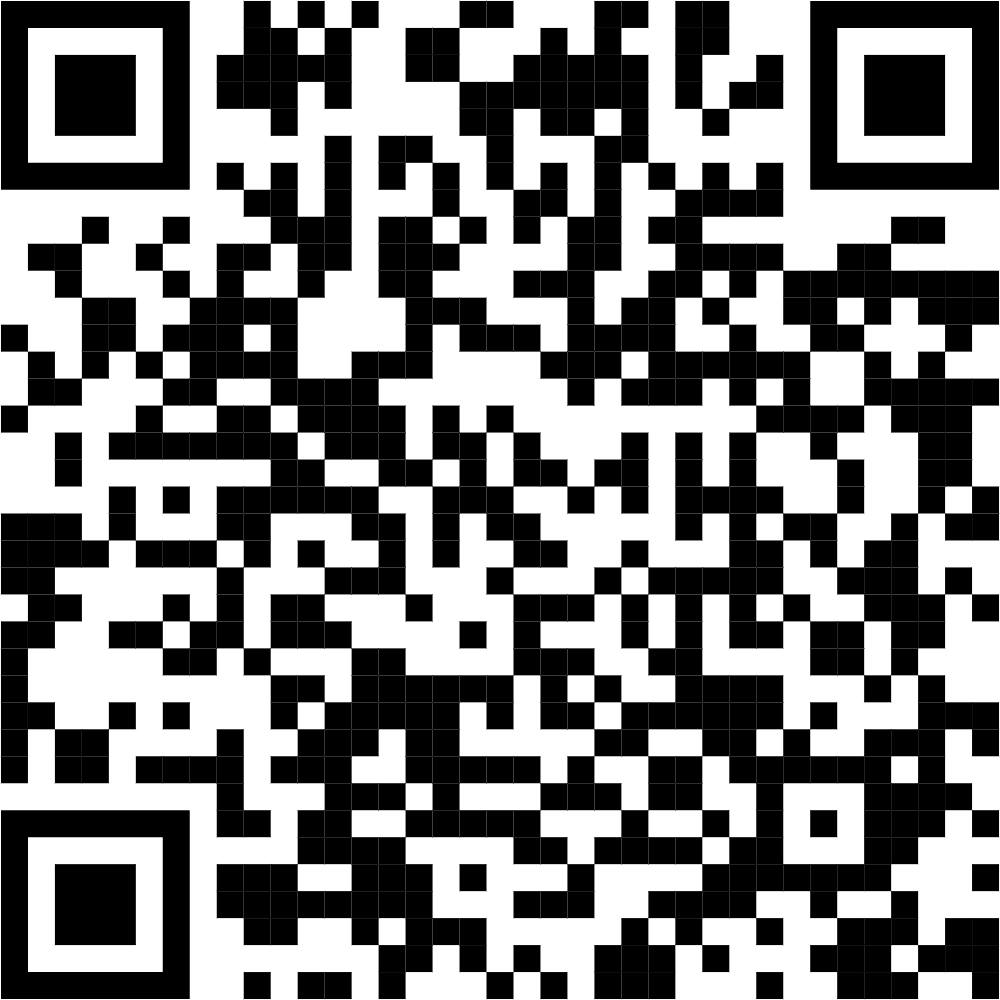Ayton joins the Lakers, but hold off on popping the champagne just yet.
After waiting for two days, Ayton eventually joined the Lakers as many predicted, signing a 2-year, $16.6 million contract with a player option in the second year. Although rivals like the Bucks and Pacers showed interest, the combination of Doncic and the Los Angeles basketball market helped the Lakers land Ayton in the end.
By letting go of Fini-Smith, the Lakers freed up a full mid-level exception, using part of it to sign Lalavia, with the remainder covering Ayton's salary next season. Honestly, I expected Ayton to command at least $10 million since he gave up $10 million when he was bought out by the Blazers. Signing with the Lakers means Ayton is effectively taking $2 million less on paper.

Ayton is somewhat of a pleasant surprise for the Lakers, considering their previous free agency targets were players like Lauri, Horford, and Capela—none of whom compare to Ayton. As for last season’s starting center Hayes, it’s best not to mention him.
Let’s start with Ayton’s strengths: first and foremost, his cost-effectiveness is outstanding. For just $8 million, the Lakers secured a center who averaged 14.4 points and 10.2 rebounds last season. Since entering the league, Ayton has consistently posted near double-double averages, earning him the nickname “double-double machine.”
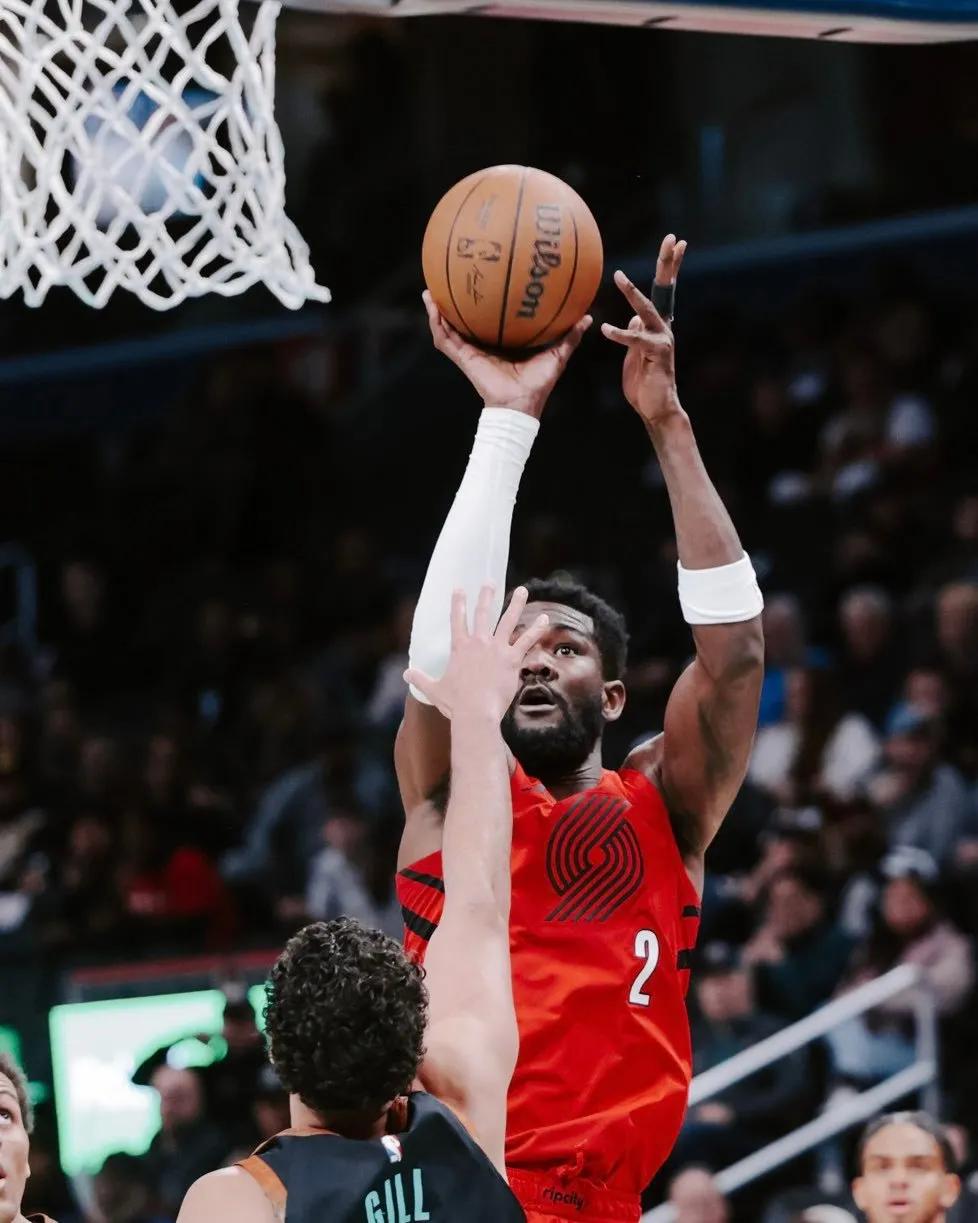
Although Ayton has had some infamous moments standing on the baseline watching Durant and Jokic battle for rebounds, his rebounding ability is actually solid. After all, he has the size of a number one overall pick center. At the draft, Ayton’s combination of static and dynamic athleticism was historic for a center, balancing strength and agility. His increasing reluctance to engage in physical contact came later.
The Lakers desperately need Ayton’s rebounding skills. Last season, they ranked 26th in the league with 42.2 rebounds per game and were 15th among the 16 playoff teams. With Ayton joining, the Lakers should at least reduce the number of rebounds they lose.
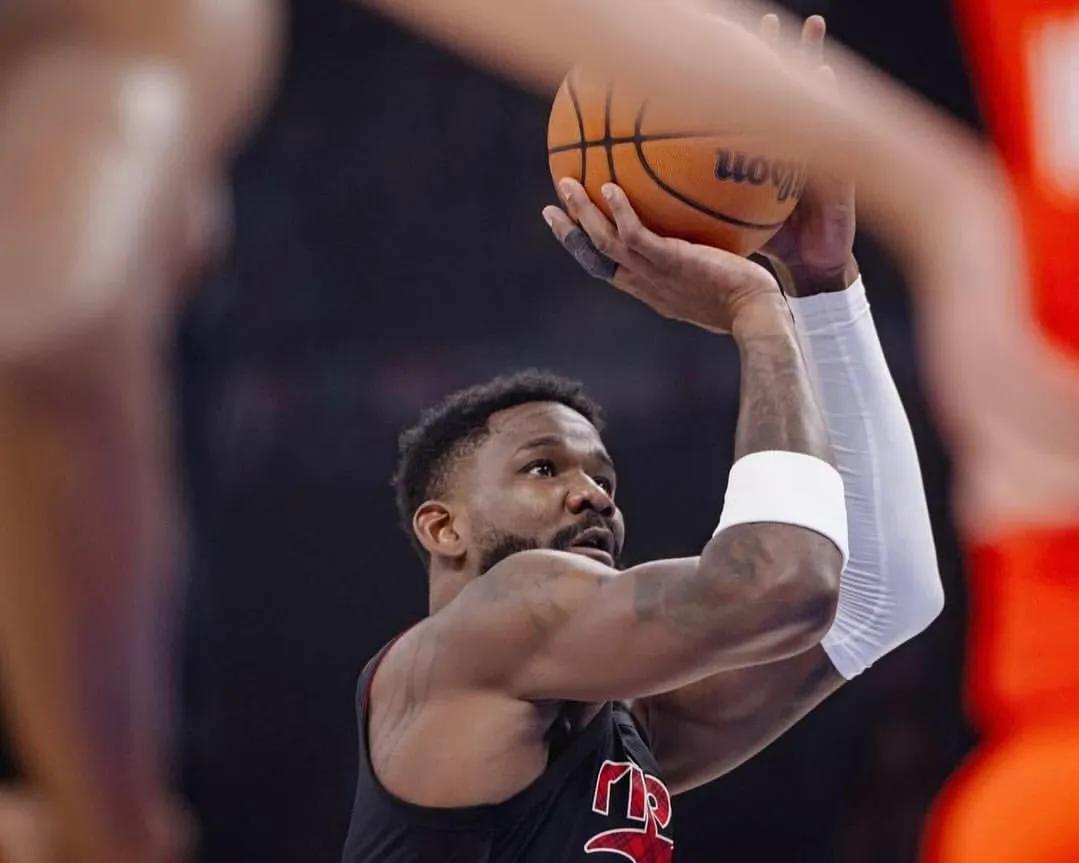
While Ayton doesn’t shoot threes, his mid-range jumper is very reliable. As a center who takes a high volume of jump shots, he has a career shooting percentage of 59%, and his playoff shooting percentage is even higher at 62.9%, showing his offensive talent is quite impressive.
Ayton’s pick-and-roll skills aren’t as poor as some imagine. Last season, in 40 games played, he averaged 4 pick-and-roll offensive attempts per game, scoring 1.13 points each time, and provided over 4 screen assists per game. During his time with the Suns, their pick-and-roll with Paul was a major threat in the playoffs.
Ayton’s biggest flaw isn’t his physical or technical skills, but rather his mentality—more plainly, whether he truly wants to play hard. His professional attitude was questioned both in Phoenix and Portland, with multiple instances of tardiness and missed practices during his time with the Blazers.
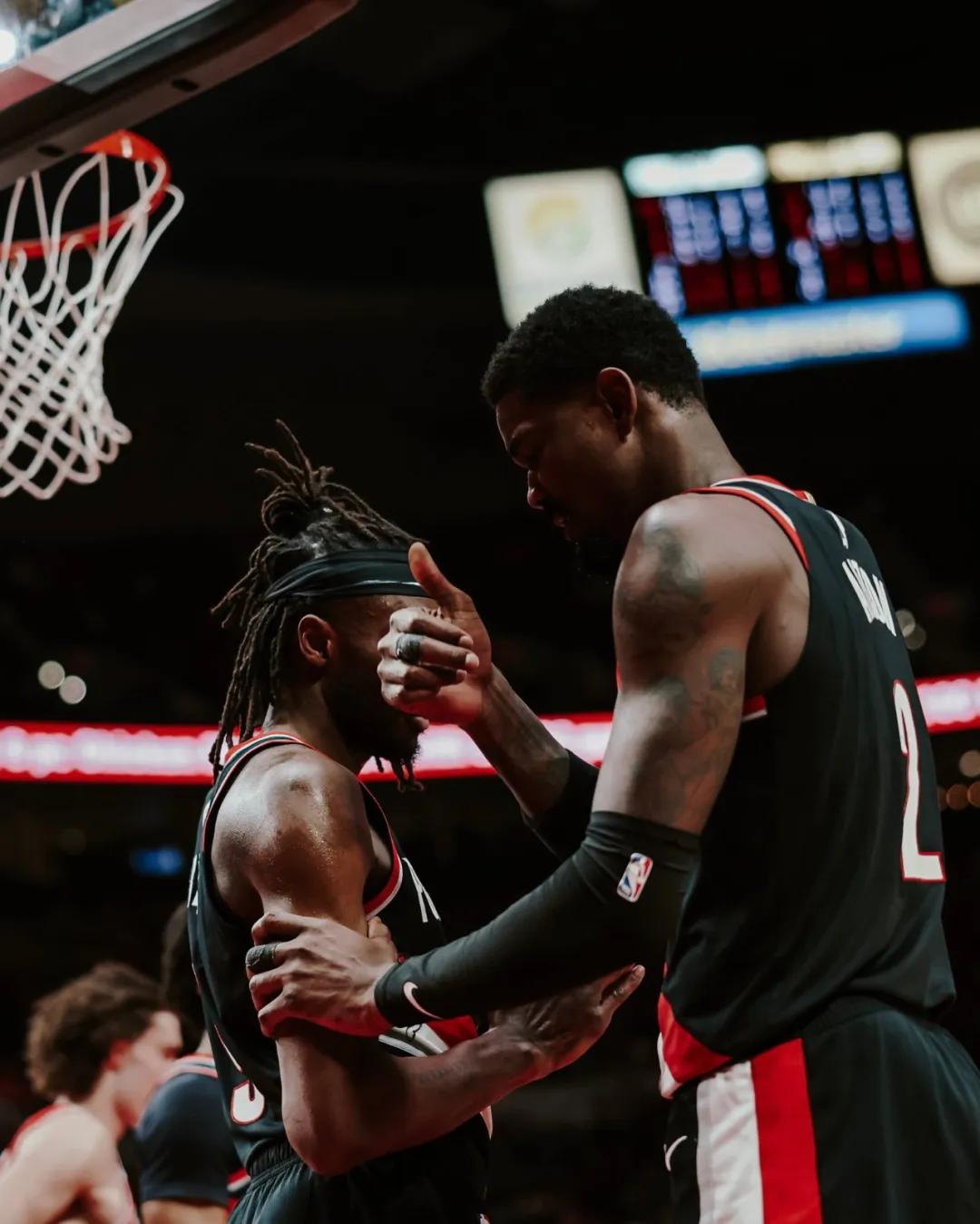
One of the funniest news stories I recall is from the 23-24 season, when Ayton missed a game because heavy snow in Portland blocked his front door—now that’s a literal case of being “benched by the snow.”
Online, you can find many clips showing Ayton’s lack of effort on the court: standing idly during pick-and-rolls or barely contesting shots. Despite his talent that could make him a historically great rim protector, sometimes he just seems too lazy to defend.
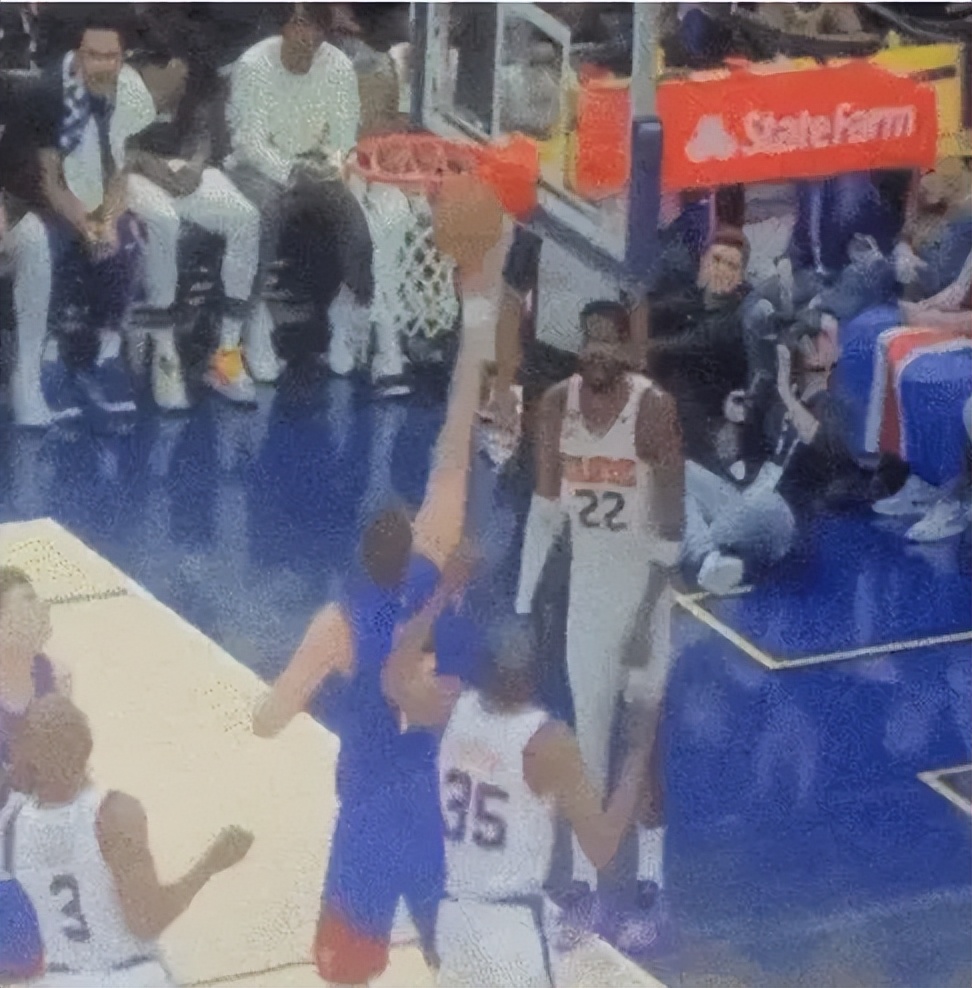
I still remember Ayton’s press conference when he first joined Portland, declaring he would become “Dominant Ayton,” only to quickly give up. So, the Lakers’ most crucial task is to do some psychological work on Ayton. Although he looks older, he’s still 20 days away from turning 27, right in the prime contract year of his career.
If Ayton remains the same as before, the Lakers’ $8 million salary won’t be wasted, but they shouldn’t expect much. However, if Ayton suddenly wakes up, plays solid pick-and-roll, protects the rim well, and embraces physicality with full effort, then the Lakers would have truly landed a bargain.
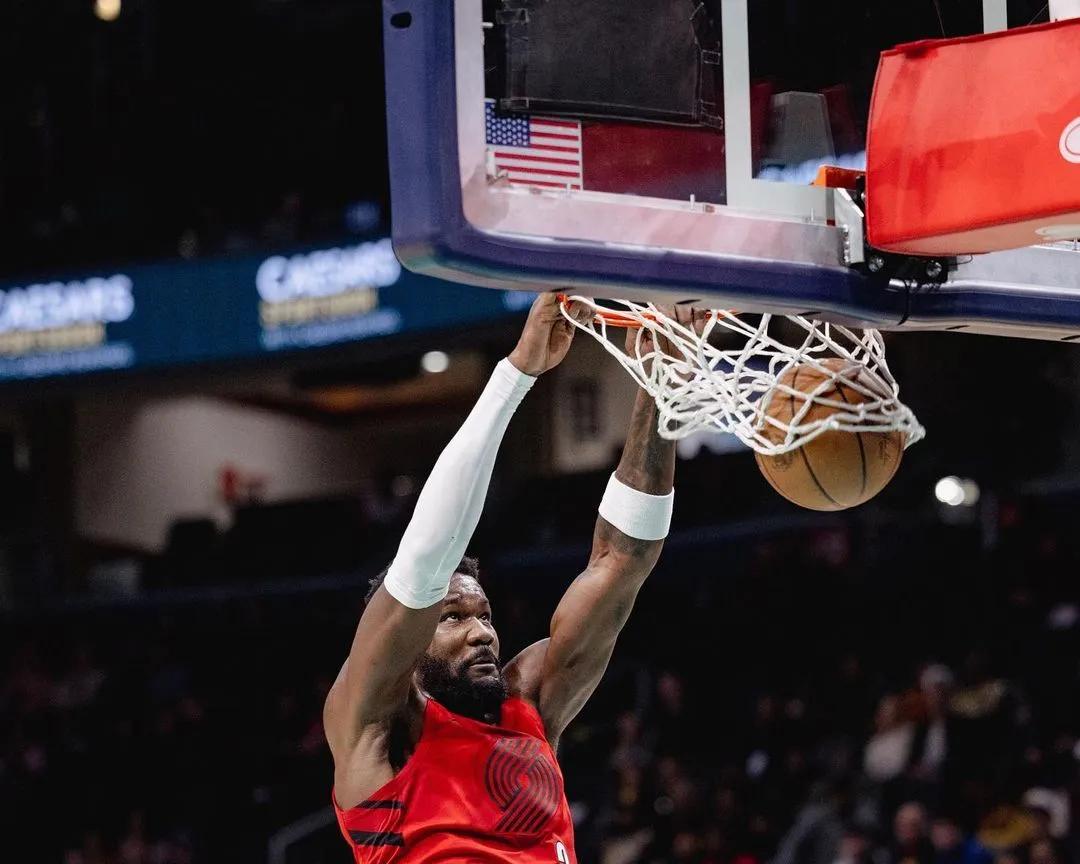
Ayton and Doncic, the 2018 number one pick and number three pick respectively, had careers that briefly intersected but then diverged widely. Now, seven years later, they stand side by side again.
This duo is actually very exciting, both possessing elite offensive talent. Just because Ayton doesn’t like rolling after pick-and-roll doesn’t mean he can’t. Playing pick-and-roll with LeBron and Doncic will provide Ayton the best offensive environment of his career, where he can thrive both rolling to the basket and popping out for shots.
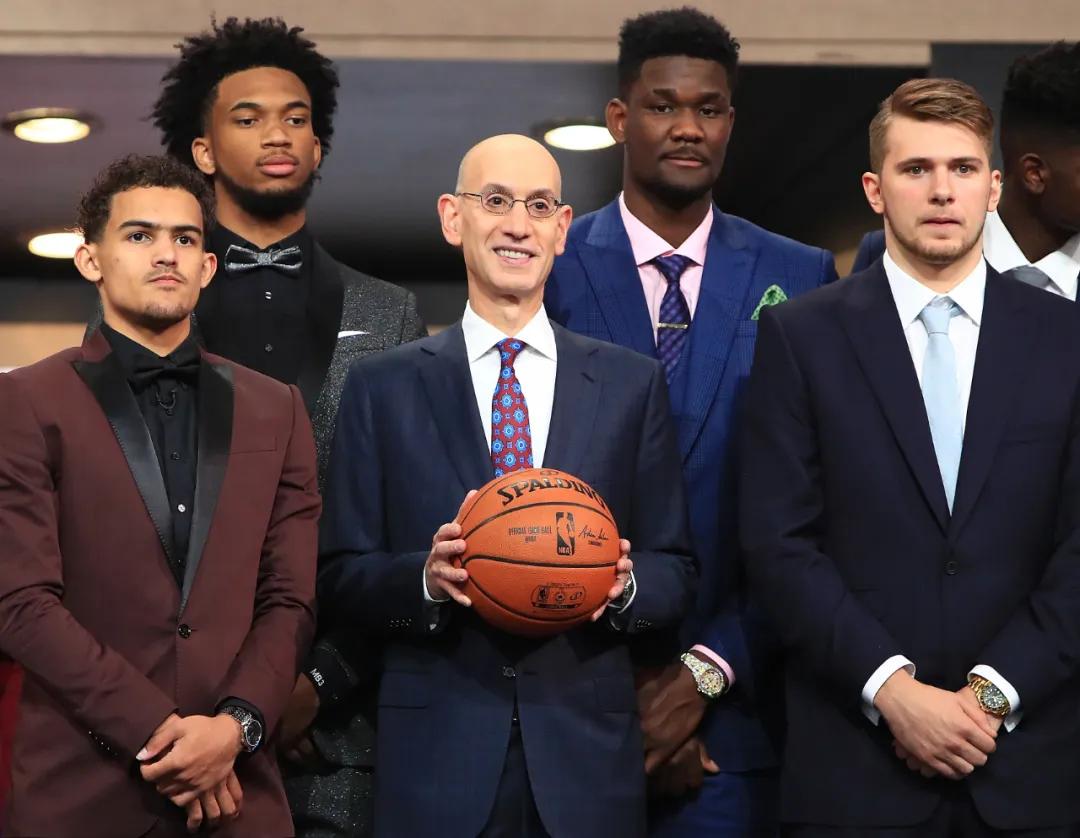
But don’t rush to celebrate. The Lakers’ current starting lineup still has significant defensive issues. Doncic has slimmed down but don’t expect major defensive improvement from him; LeBron will be 41 next season; Reeves’ physical tools are limited; and both Hachimura and Ayton have somewhat obsessive tendencies about their defensive roles.
When these five are on the floor, frankly, it’s hard to know who to guard since all routes lead to the basket. Still, as I said before, the Lakers’ defense hit rock bottom last season, so replacing Hayes with Ayton won’t make it any worse.
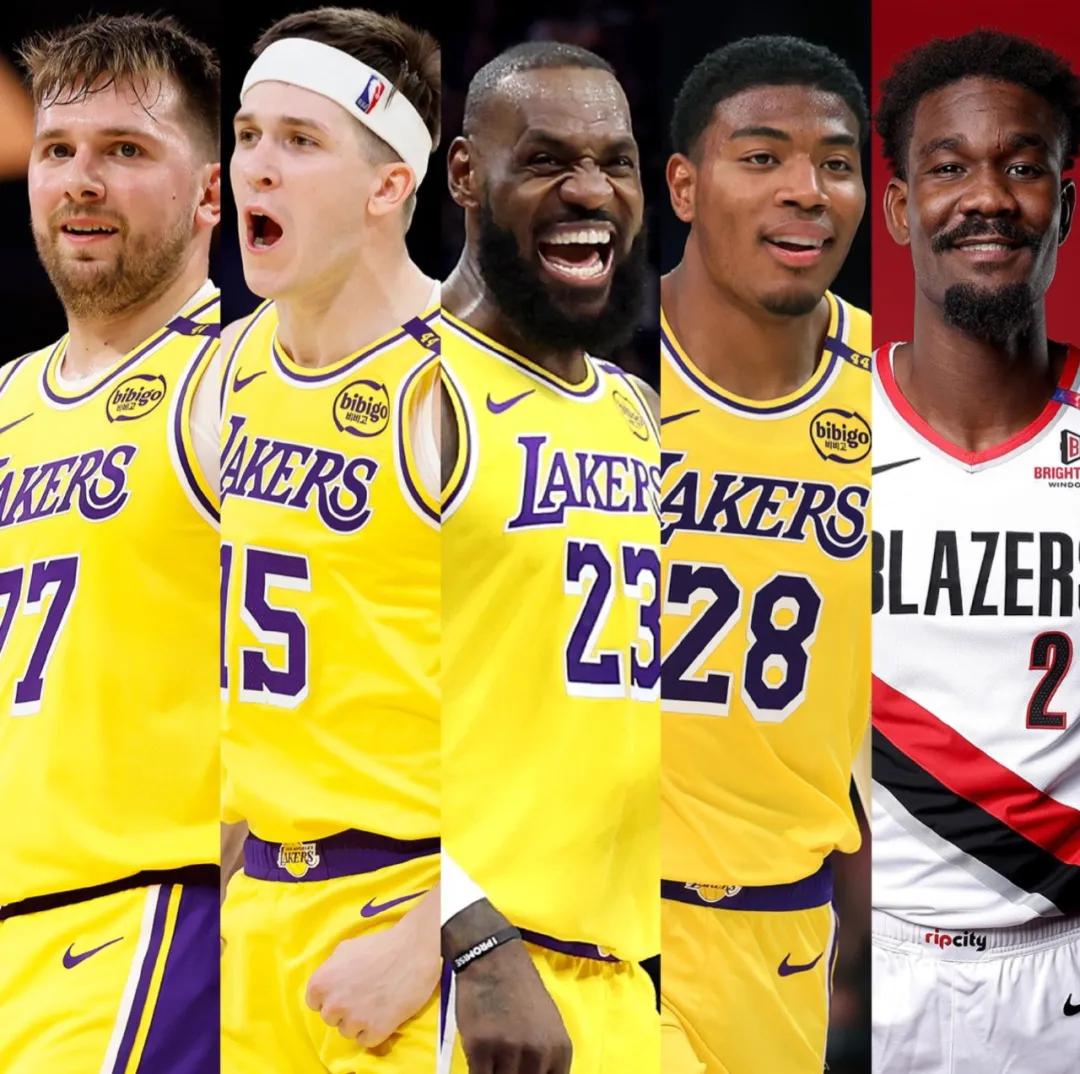
The Lakers still have a bi-annual exception available, their offseason work isn’t done, and they still hold trade assets. Let’s see what moves the Lakers’ front office can pull off next.


Wonderfulshortvideo
Bronny James getting things started 👏


Was this the craziest Anthony Edwards dunk ever? 🤯😯


Foot was on the line! 🫠


Team USA was ready for war last summer 👏


Perfect timing 🙌


Last year’s


Bringing back Steph Curry’s absolutely NASTY take 😮💨







 Links
Links
 Contact
Contact
 App
App


